SOURCE: RAUNAK KUNDE / NEWS BEAT / IDRW.ORG
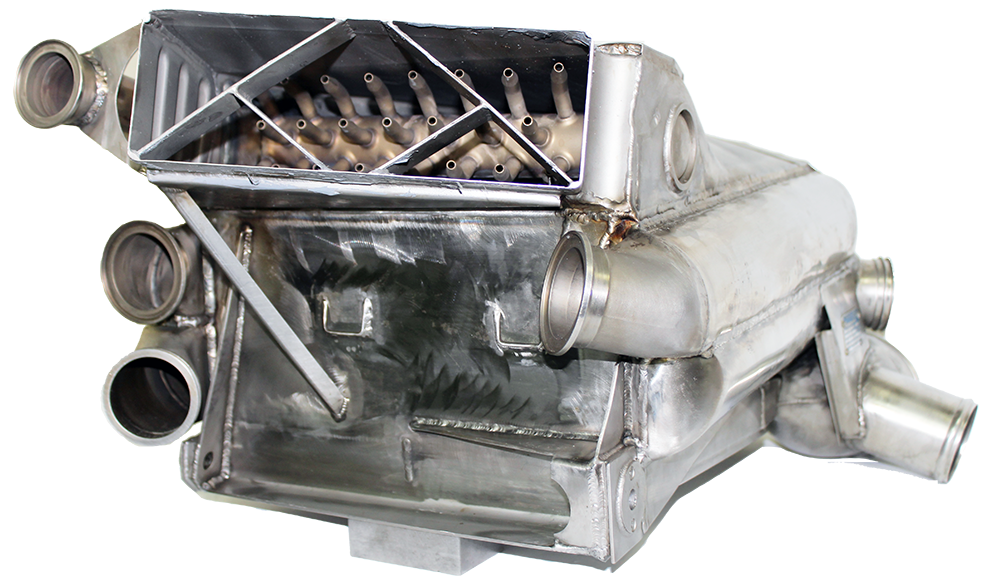
Bharat Heavy Electricals Limited (BHEL) has added another feather to its cap by securing a prestigious order for the supply of Compact Heat Exchanger sets for India’s ambitious Advanced Medium Combat Aircraft (AMCA) fighter jet program. The order has been placed by Hindustan Aeronautics Limited (HAL), India’s premier aerospace and defence company.
The contract entails BHEL undertaking the manufacturing, assembly, testing, and supply of Compact Heat Exchangers that will be installed in the AMCA fighter jet program aircraft. The AMCA is a state-of-the-art indigenous fighter aircraft being developed by HAL in collaboration with the Aeronautical Development Agency (ADA), Bangalore. Once the AMCA program receives clearance from the Cabinet Committee on Security (CCS), HAL will commence the production of the aircraft, incorporating the critical heat exchangers supplied by BHEL.
Continue readingSOURCE: RAUNAK KUNDE / NEWS BEAT / IDRW.ORG

The Aeronautical Development Agency (ADA) has achieved a significant milestone in the development of the Tejas Mk2 as it received formal authority to commence work on the prototype. This comes after concluding the engine deal with GE Aerospace, a crucial step towards realizing the next-generation fighter aircraft for the Indian Air Force (IAF). As per an aggressive schedule, Hindustan Aeronautics Limited (HAL) will be responsible for manufacturing six prototypes to meet the set timeline agreed upon by the IAF, ADA, and HAL.
The development plan entails manufacturing six prototypes to achieve Initial Operational Clearance (IOC) standards within three years from the first flight. This tight timeline is strategically designed to streamline the production process and ensure the aircraft enters production within a small window of time. With the formal authority in place, the prototype’s work is progressing well, and it is slated to take flight in 2025. Subsequently, five more prototypes will be developed at intervals of 6-8 months, a move aimed at fast-tracking the program.
Continue readingSOURCE: RAUNAK KUNDE / NEWS BEAT / IDRW.ORG
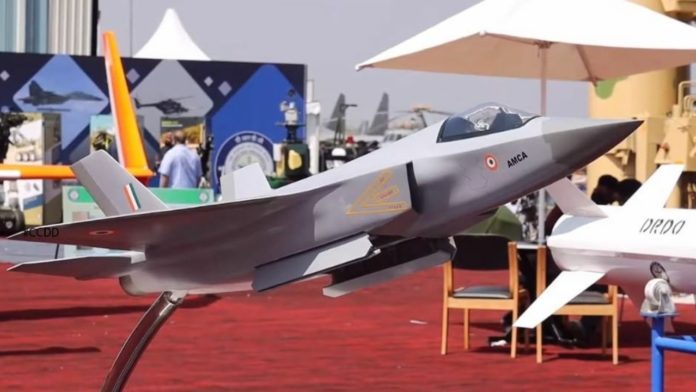
The Aeronautical Development Agency (ADA) has confirmed that the AMCA Mk1 fuselage has been meticulously optimized to accommodate GE Aerospace’s powerful 98 kN F414-INS6 engine, setting the stage for its advancement.
Notably, the AMCA Mk2 variant, which is envisioned to feature an even more potent 110 kN engine, will require minimal modifications to its air intakes and fuselage. ADA has taken a proactive approach by drawing on the geometry and configuration of the Mk1 to ensure a seamless transition to the higher-powered engine without any delays in testing and production.
Continue readingSOURCE: RAUNAK KUNDE / NEWS BEAT / IDRW.ORG
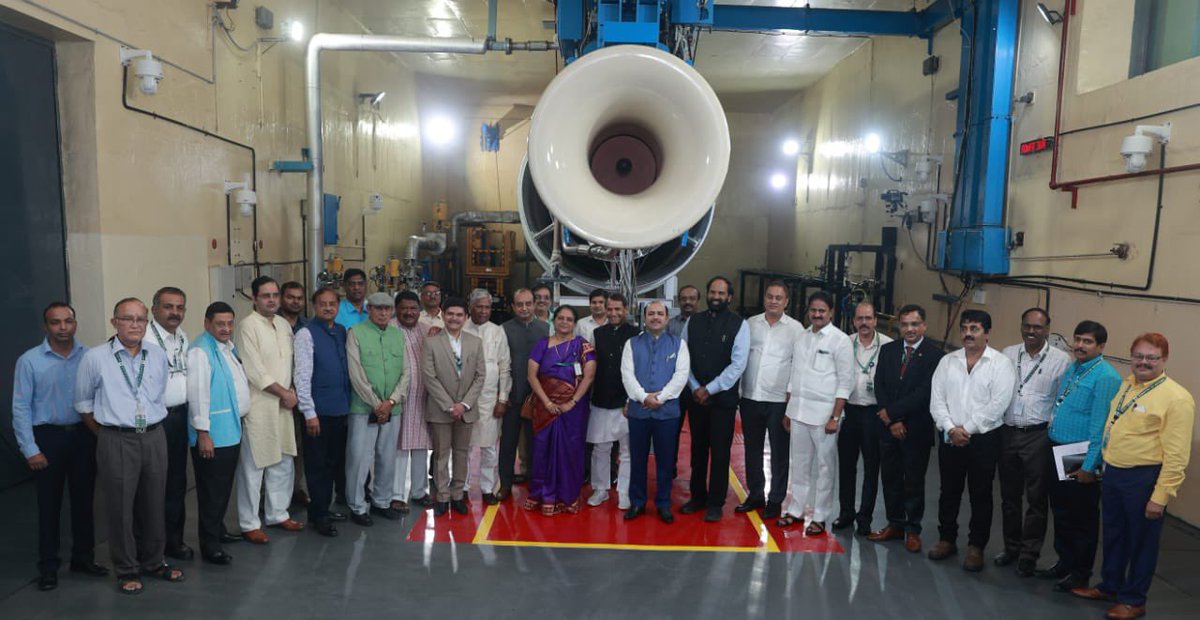
India’s Gas Turbine Research Establishment (GTRE) has taken a significant step in advancing its capabilities by upgrading its test cell to accommodate American F414-INS6 engines. This development comes as part of India’s efforts to indigenously manufacture and integrate these engines for the Tejas Mk 2 and Advanced Medium Combat Aircraft (AMCA) Mk I fighter jet programs, bolstering the Indian Air Force’s (IAF) combat capabilities.
The GTRE, a premier research organization under the Defence Research and Development Organisation (DRDO), has invested in upgrading the test cell with a secondary power system cradle, making it capable of conducting performance tests for the powerful F414-INS6 engines. These engines, manufactured by GE Aerospace, possess a thrust capability of 98 kN, making them well-suited to power advanced fighter aircraft like the Tejas Mk 2 and AMCA Mk I.
Continue readingSOURCE: RAUNAK KUNDE / NEWS BEAT / IDRW.ORG

The Naval Science & Technological Laboratory (NSTL), a premier DRDO lab, has been at the forefront of developing cutting-edge naval technologies for the Indian Navy. After the successful development and induction of the Ship-launched Varunastra heavy-weight torpedo, NSTL has now set its sights on creating a new next-generation submarine-launched torpedo.
The Ship-launched Varunastra torpedo, which has been inducted into the Indian Navy since 2016, has already demonstrated its prowess in over 150 trials. With this achievement, India joined the elite club of eight countries that have developed their heavy-weight torpedoes. However, developing a torpedo for a submarine launch presents its own unique set of challenges, requiring much smaller dimensions to fit within the compact space of a submarine.
Continue readingSOURCE: RAUNAK KUNDE / NEWS BEAT / IDRW.ORG
The Indian Air Force (IAF) is set to receive the fourth Indian Tejas aircraft, the PV2 version of the Light Combat Aircraft (LCA), which will be dedicated to the Technical Type Training School (TETTRA).
TETTRA schools have a crucial role in providing theoretical and practical training on aviation-related topics to IAF Officers and Airmen. These institutions offer various levels of knowledge to air force pilots from different regions of the country through 91 specialized courses. These courses cover diverse aspects of aviation, ensuring that the pilots are well-versed in the latest technologies and methodologies.
Continue readingSOURCE: RAUNAK KUNDE / NEWS BEAT / IDRW.ORG
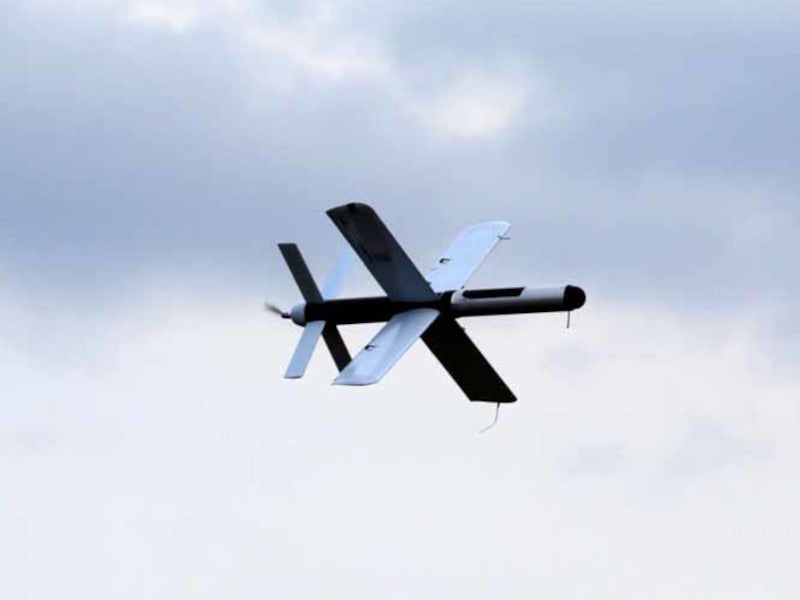
The recent war between Ukraine and Russia witnessed a significant development in the field of warfare – the emergence of low-cost loitering munitions. These munitions, also known as suicide drones, can be swiftly assembled at a record-low cost, offering a promising avenue for the development of such programs in India.
Several private sector companies in India have already made strides in this domain, and the Indian Army has inducted various loitering munitions. However, to fully leverage the potential of this technology, the focus now lies on driving down costs while maintaining high-quality standards.
Continue readingSOURCE: RAUNAK KUNDE / NEWS BEAT / IDRW.ORG
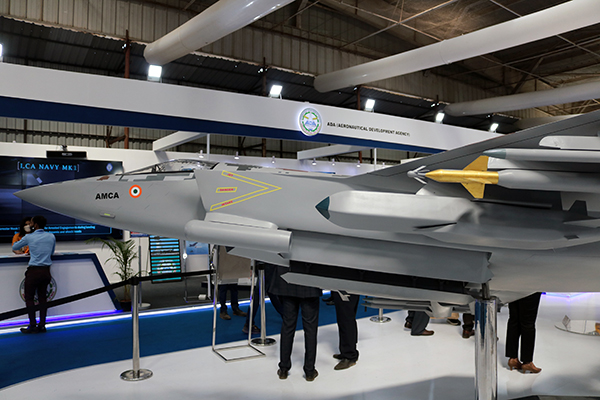
In a resolute display of commitment to indigenous defence capabilities, the Indian Air Force (IAF) has firmly backed the development of India’s Advanced Medium Combat Aircraft (AMCA), a cutting-edge 5th-generation fighter jet program.
A senior IAF official, speaking to idrw.org, confirmed that the IAF is not considering the procurement of any other 5th-generation fighter jet, and its complete focus lies on supporting the AMCA program, which is making steady progress towards securing clearance from the Cabinet Committee on Security (CCS) at an estimated cost of 15,000 crores.
Continue readingSOURCE: RAUNAK KUNDE / NEWS BEAT / IDRW.ORG
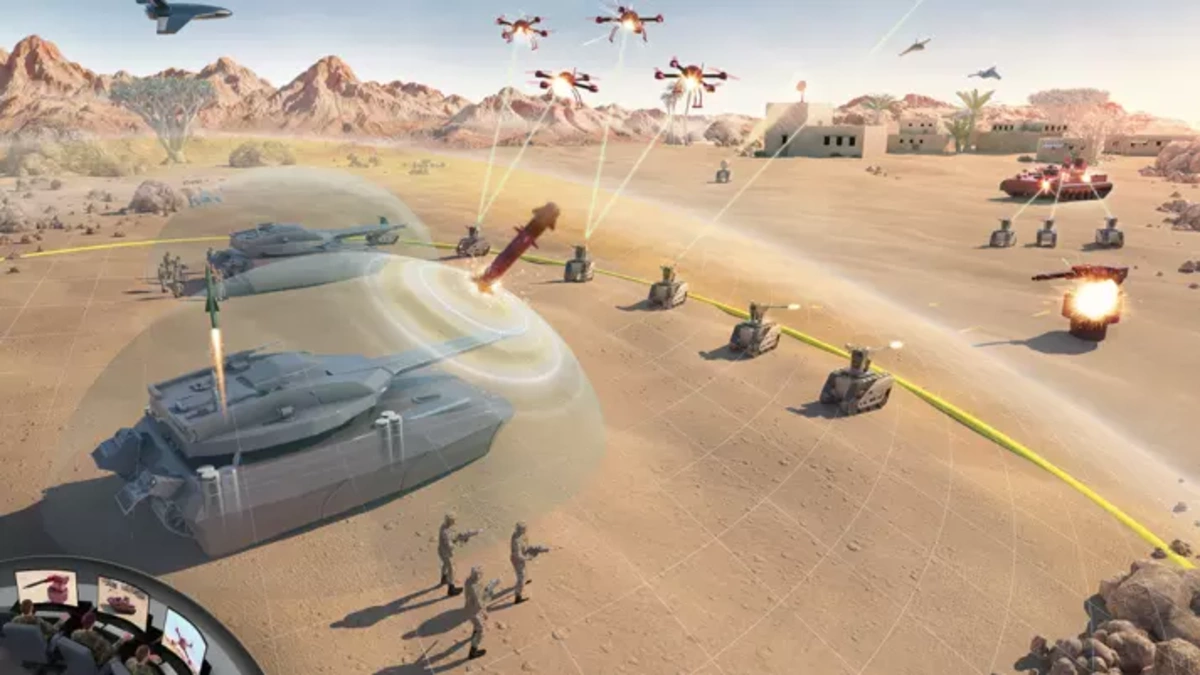
The landscape of modern warfare is rapidly evolving, and with it comes the demand for cutting-edge technologies that can enhance the capabilities of mechanized forces. In response to this need, the Ordinance Factory Chandigarh has taken a significant step forward by issuing an Expression of Interest (EOI) for Artificial Intelligence (AI) Enabled Manned & Unmanned Tanks & Drones Teaming System.
The EOI is a call for collaboration with potential partners for the design, development, proof of concept, production, and supply of AI-enabled manned and unmanned teaming systems for tanks and drones. This initiative aims to create a state-of-the-art AI-driven platform that will revolutionize the way mechanized forces operate in varied terrains and dynamic environments.
Continue readingSOURCE: RAUNAK KUNDE / NEWS BEAT / IDRW.ORG

The Indian Navy has taken a significant step towards enhancing its naval capabilities by issuing Requests For Information (RFI)s to procure 12 Mine Counter Measure Vessels (MCMVs) from registered Indian Shipyards. This move is part of the Navy’s strategic vision to bolster its maritime security and countermeasure operations.
The MCMVs are set to be constructed in a phased manner over eight years, with the order split between L1 and L2 Shipyards in a ratio of 8:4. These vessels are envisioned to be versatile and capable of carrying out various operational roles, including Mine Counter Measure operations using Unmanned MCM Suite, Channel Mapping, Route Survey and Sanitization, Search and Rescue (SAR), Humanitarian Assistance and Disaster Relief (HADR), Mine Laying, and Local Naval Defense.
Continue readingSOURCE: RAUNAK KUNDE / NEWS BEAT / IDRW.ORG
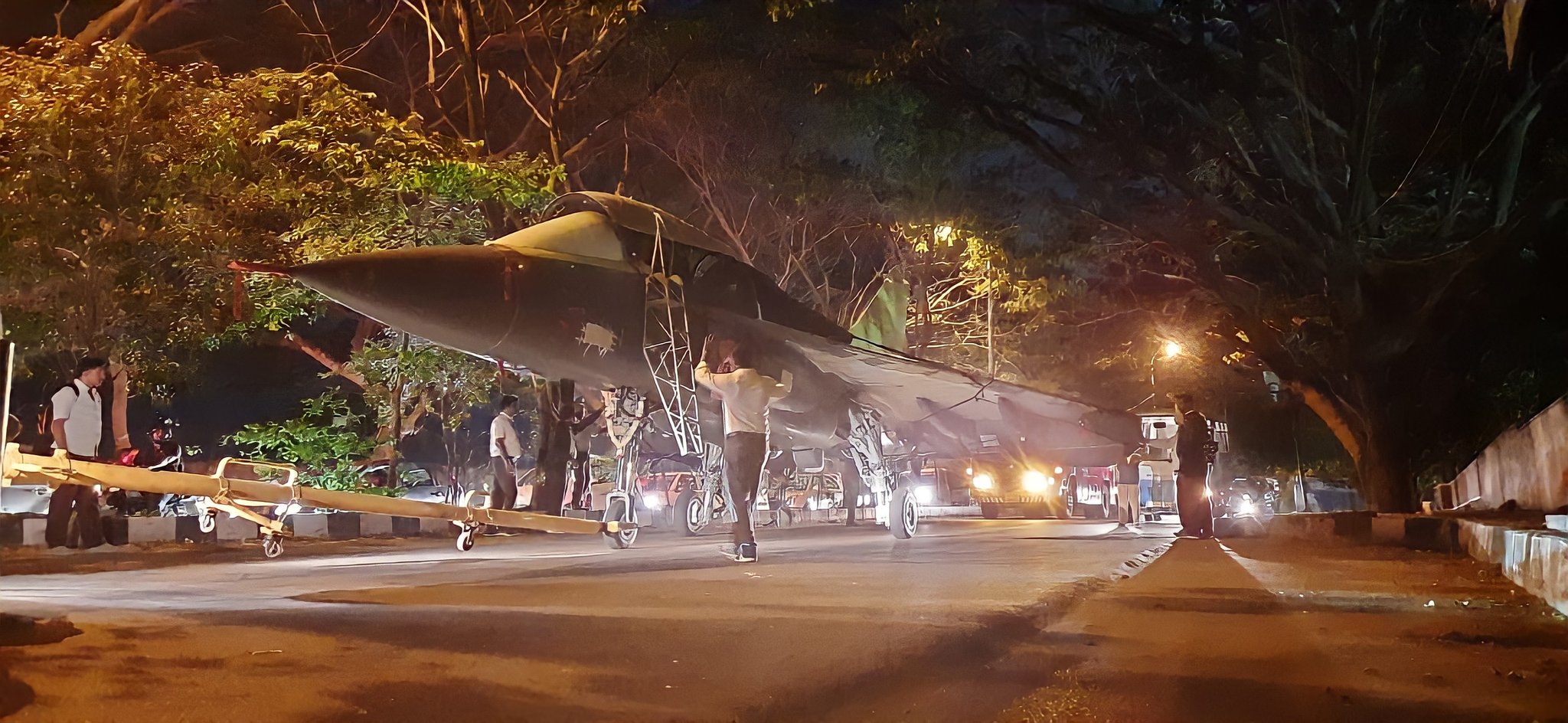
The Naval Prototype 5 (NP-5) of the Light Combat Aircraft (LCA) Navy MkI Trainer aircraft has achieved a significant milestone by completing its engine ground run on January 16, 2023. This achievement was recently confirmed by Hindustan Aeronautics Limited (HAL), a State-owned aerospace and defence company in India.
The LCA-Navy MkI Trainer aircraft was initially developed as a Technology Demonstrator for the larger LCA-Navy MkII, a Single Engine Deck-based fighter jet. However, the MkII variant was later abandoned in favour of the Twin-engined Twin Engine Deck-Based Fighter (TEDBF) program, which is expected to be a more capable and advanced aircraft with a weight of 26 tonnes.
Continue readingSOURCE: RAUNAK KUNDE / NEWS BEAT / IDRW.ORG
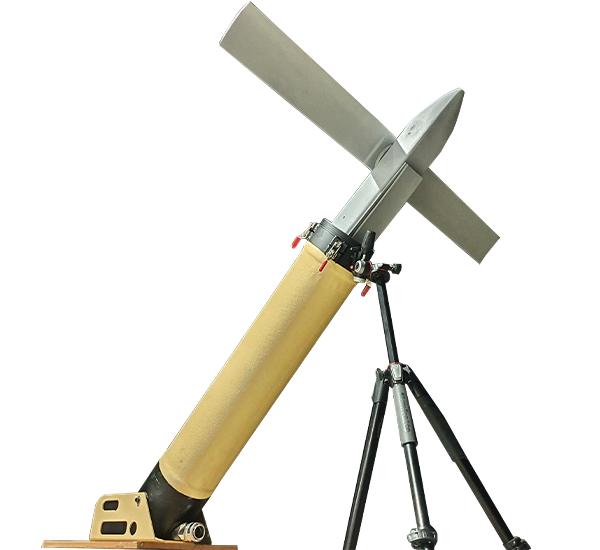
In a significant leap towards bolstering its defense capabilities, India’s indigenous startup, Redon Systems Private Limited (RSPL), has unveiled a groundbreaking technological marvel – Achuk, a barrel launched loitering munition system. This state-of-the-art drone-like weapon system has demonstrated its prowess in both semi-autonomous and autonomous modes, opening new avenues in modern warfare.
Achuk is designed to carry out precise and lethal missions with a 1.5 kg payload and an impressive operational height of 3500 meters. Operating seamlessly in a wide temperature range from -20 to 50 degrees Celsius, it can endure diverse environmental conditions. With an impressive strike radius of 30 kilometers, this loitering munition can effectively target terrorist hideouts, vehicles, fuel and ammunition dumps, among other high-value enemy assets.
Continue readingSOURCE: RAUNAK KUNDE / NEWS BEAT / IDRW.ORG

The Indian Air Force (IAF) has charted out an ambitious plan to extend the operational life of its fleet of MiG-29 frontline fighter jets. The second life extension programme aims to delay the retirement of these formidable aircraft from the previously scheduled 2027 to a new target of 2037. This extension will effectively keep the fleet operational for nearly 50 years, showcasing the IAF’s commitment to optimizing its existing assets and bolstering its air defence capabilities.
The MiG-29 fighter jets were first inducted into the IAF in 1986 and played a pivotal role in strengthening India’s aerial prowess. As one of the initial export customers of this iconic fighter aircraft, India procured them from the Soviet Union. Over the years, the MiG-29 fleet has proven its mettle in various operational scenarios, displaying its versatility and combat capabilities.
Continue readingSOURCE: RAUNAK KUNDE / NEWS BEAT / IDRW.ORG
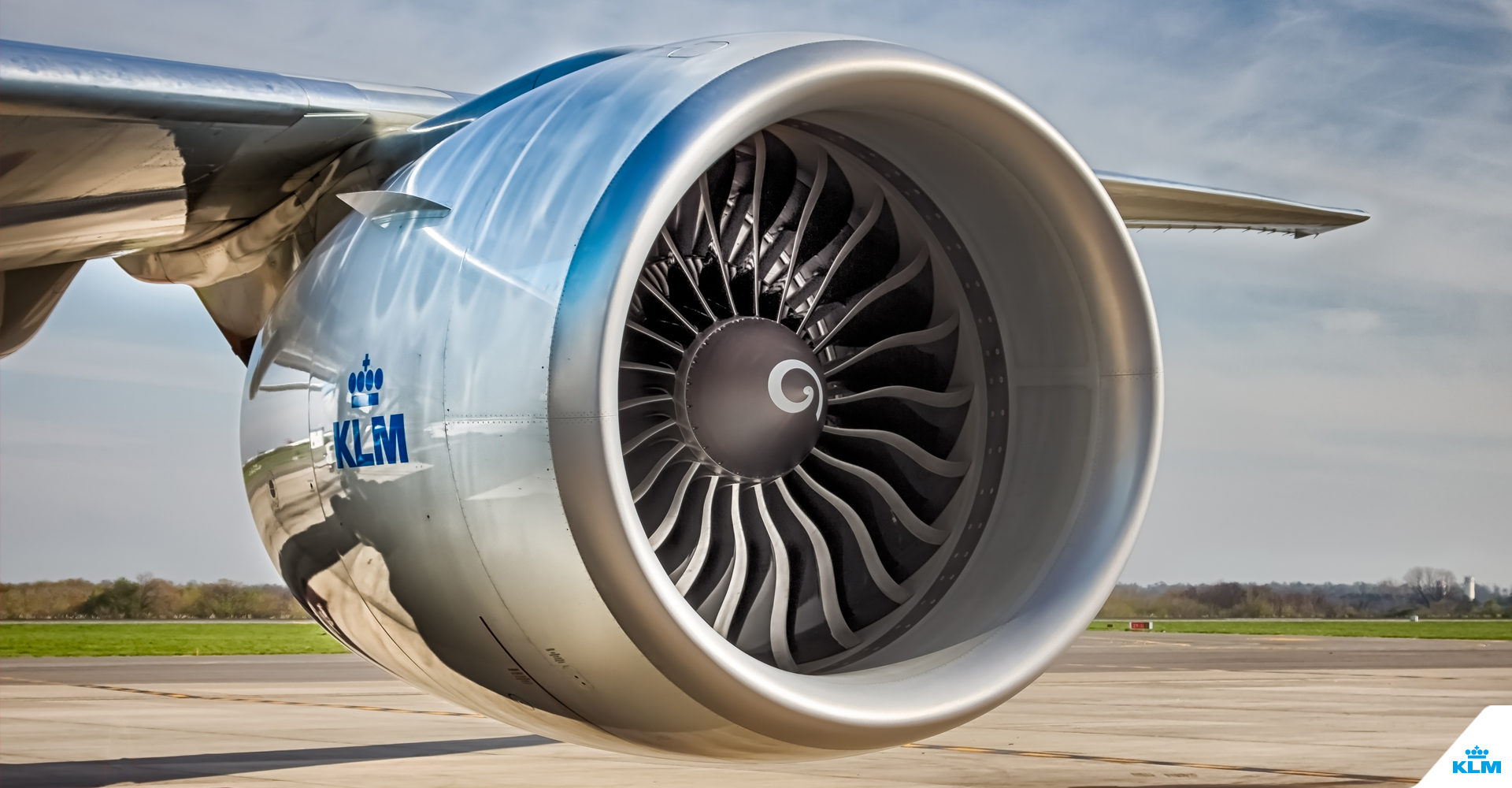
India’s aerospace industry is on a path of rapid growth and technological advancement, with ambitious plans to establish itself as a key player in the global aviation sector. Dr Tessy Thomas, former Director General (aeronautics) of the Defense Research and Development Organisation (DRDO) and project director of the Agni IV and Agni V missiles, recently revealed an exciting development in the country’s aviation landscape.
Dr Thomas stated that India is diligently working towards developing indigenous capabilities to manufacture engines for commercial airliners. With scientists focused on the development of civilian aircraft engines, India aims to achieve this significant milestone within the next two decades. This endeavour is poised to revolutionize the Indian aviation sector and reduce dependence on foreign manufacturers for critical aviation components.
Continue readingSOURCE: RAUNAK KUNDE / NEWS BEAT / IDRW.ORG
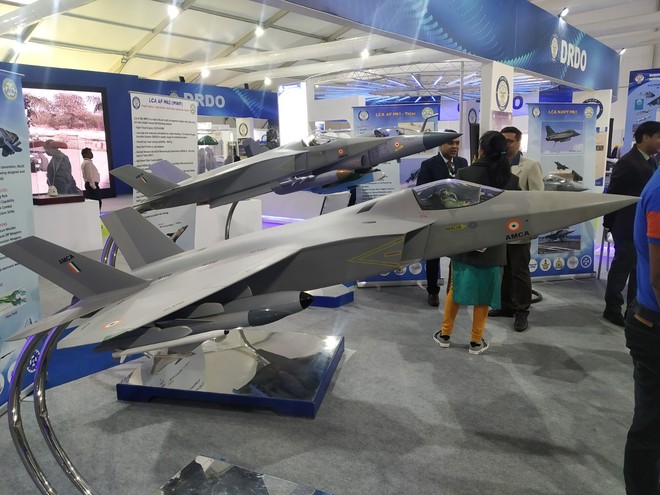
India’s ambitious 5th generation fighter jet program, the Advanced Medium Combat Aircraft (AMCA), is rapidly approaching a crucial milestone with the potential approval of 15,000 crores by the Cabinet Committee on Security (CCS) for its development. As the program gains momentum and garners interest from around the world, the Ministry of Defence (MoD) has advised the Aeronautical Development Agency (ADA) and Hindustan Aeronautics Limited (HAL) to consider strategic partners in the project to enhance its global potential.
The Indian Air Force (IAF) has pledged to procure seven squadrons of the AMCA, with variants ranging from MkI to MkII. The MkII variant is expected to be the most potent, featuring a new high-thrust engine jointly developed with French company Safran. The development of the AMCA will be principally funded by India, marking a significant step as it will be the first fighter jet program in the country to be manufactured by a private-sector consortium.
Continue reading